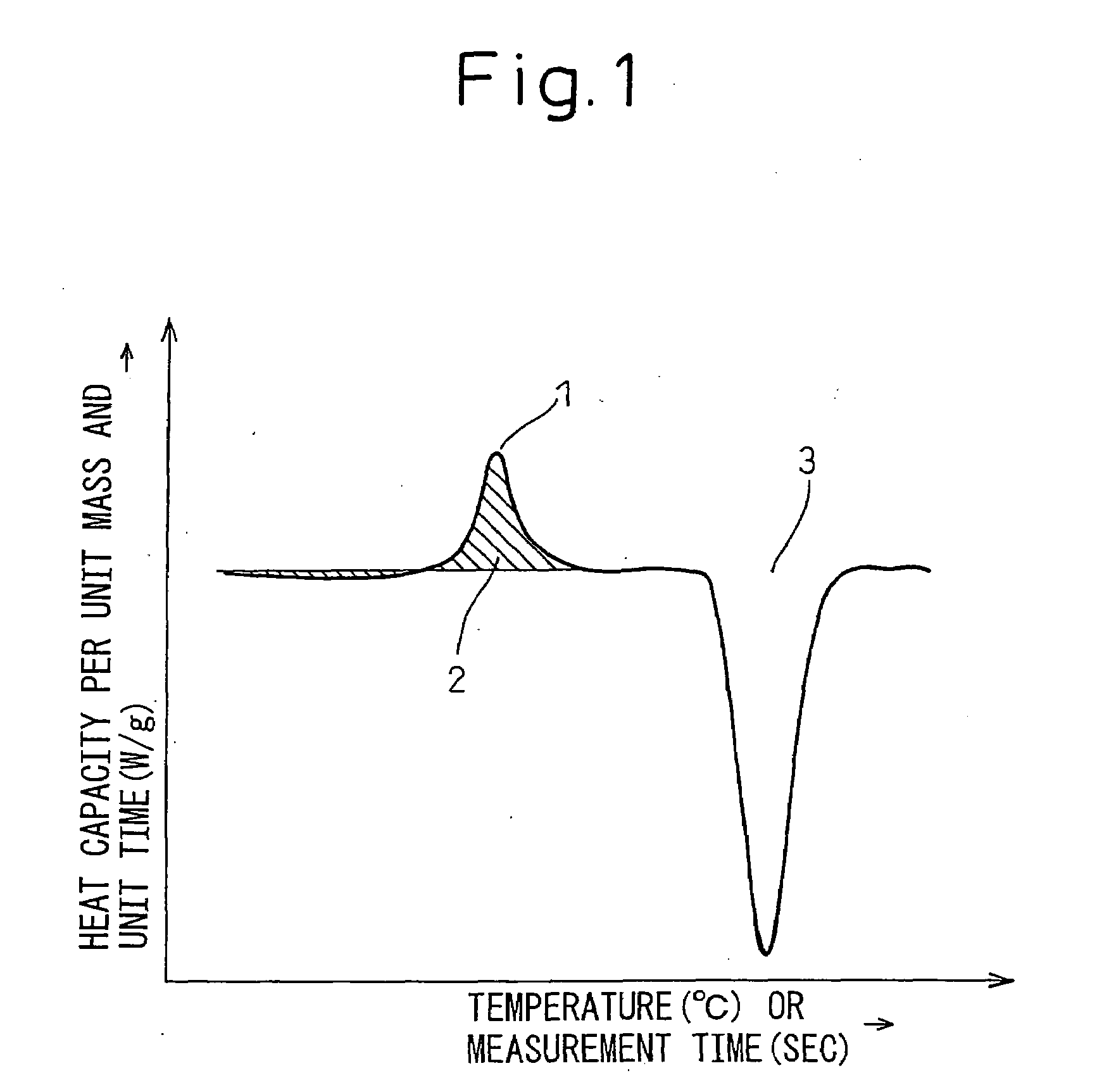High Corrosion Resistance Hot dip Galvanized Steel Material
a galvanized steel and high-temperature technology, applied in the direction of transportation and packaging, coatings, chemistry apparatus and processes, etc., can solve the problems of low corrosion resistance, reduced corrosion resistance, and other required characteristics of steel materials, and achieve high corrosion resistance and higher corrosion resistance
- Summary
- Abstract
- Description
- Claims
- Application Information
AI Technical Summary
Benefits of technology
Problems solved by technology
Method used
Image
Examples
example 1
[0108]Each surface treated steel material shown in Table 1 and Table 2 (continuation of Table 1) was prepared using cold rolled steel sheet of a sheet thickness 0.8 mm, equal angle steel of a thickness of 10 mm and a length of a side of 10 cm, or hot rolled steel sheet of a sheet thickness of 10 mm as a base material.
[0109]The cold rolled steel sheet was cut to 10 cm×10 cm, then plated by a batch type hot dip plating test apparatus of Resca Co., Ltd. The temperature of the plating bath was standardized to the melting point of the plating composition +50° C. in accordance with the plating composition. The coating weight was adjusted by air wiping, then the material was as required cooled by cooling by nitrogen gas of 25° C., mist cooling at 25° C., or cooled by low temperature nitrogen gas at −150° C. to adjust the cooling rate.
[0110]The equal angle steel was cut in a length of 10 cm in the longitudinal direction, while the hot rolled steel sheet was cut into a square of 10 cm×10 cm....
example 2
[0130]Each of the surface treated steel materials shown in Table 4 and Table 5 (continuation of Table 4) were prepared using cold rolled steel sheet of a sheet thickness of 0.8 mm, equal angle steel of a thickness of 10 mm and a length of a side of 10 mm, or hot rolled steel sheet of a sheet thickness of 10 mm as base materials.
[0131]The cold rolled steel sheet was cut to 10 cm×10 cm, then plated by a batch type hot dip plating test apparatus of Resca Co., Ltd. The temperature of the plating bath was standardized to the melting point of the plating composition +50° C. in accordance with the plating composition. The coating weight was adjusted by air wiping, then the material was as required cooled by cooling by nitrogen gas of 25° C., mist cooling at 25° C., or cooled by low temperature nitrogen gas at −150° C. to adjust the cooling rate.
[0132]The equal angle steel was cut in a length of 10 cm in the longitudinal direction, while the hot rolled steel sheet was cut into a square of 1...
PUM
| Property | Measurement | Unit |
|---|---|---|
| corrosion resistance | aaaaa | aaaaa |
| differential scanning calorimetry | aaaaa | aaaaa |
| heat capacity | aaaaa | aaaaa |
Abstract
Description
Claims
Application Information
 Login to View More
Login to View More - R&D
- Intellectual Property
- Life Sciences
- Materials
- Tech Scout
- Unparalleled Data Quality
- Higher Quality Content
- 60% Fewer Hallucinations
Browse by: Latest US Patents, China's latest patents, Technical Efficacy Thesaurus, Application Domain, Technology Topic, Popular Technical Reports.
© 2025 PatSnap. All rights reserved.Legal|Privacy policy|Modern Slavery Act Transparency Statement|Sitemap|About US| Contact US: help@patsnap.com



